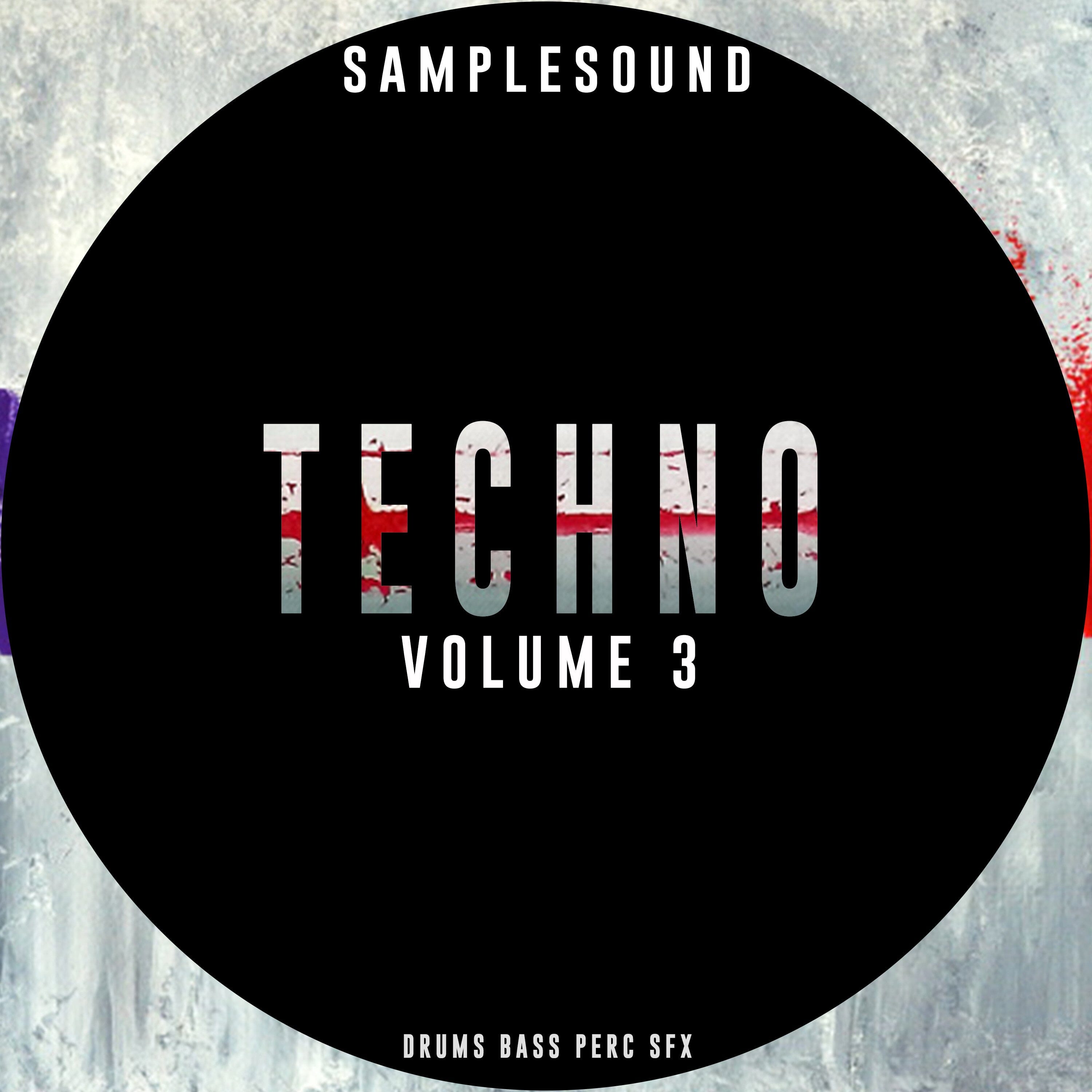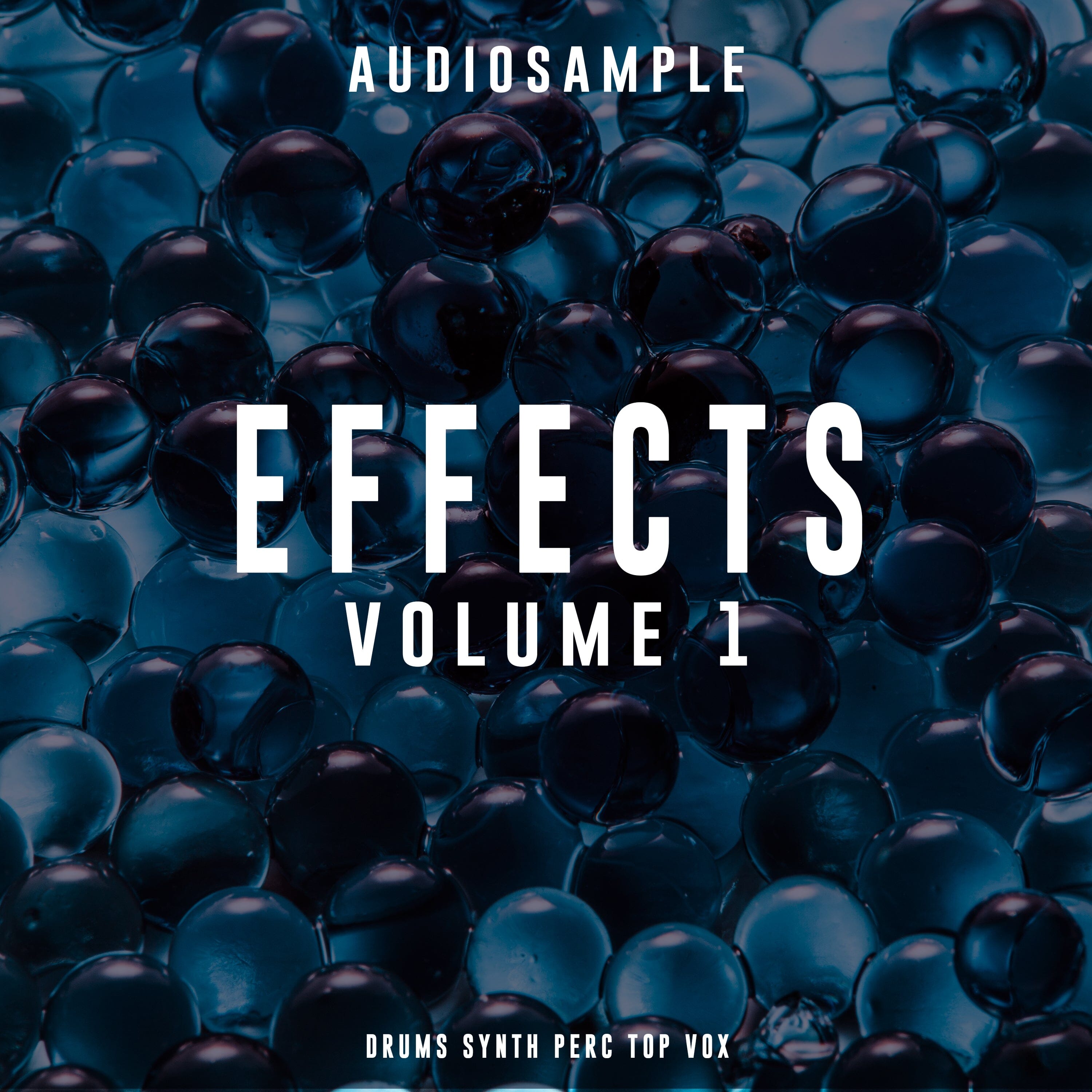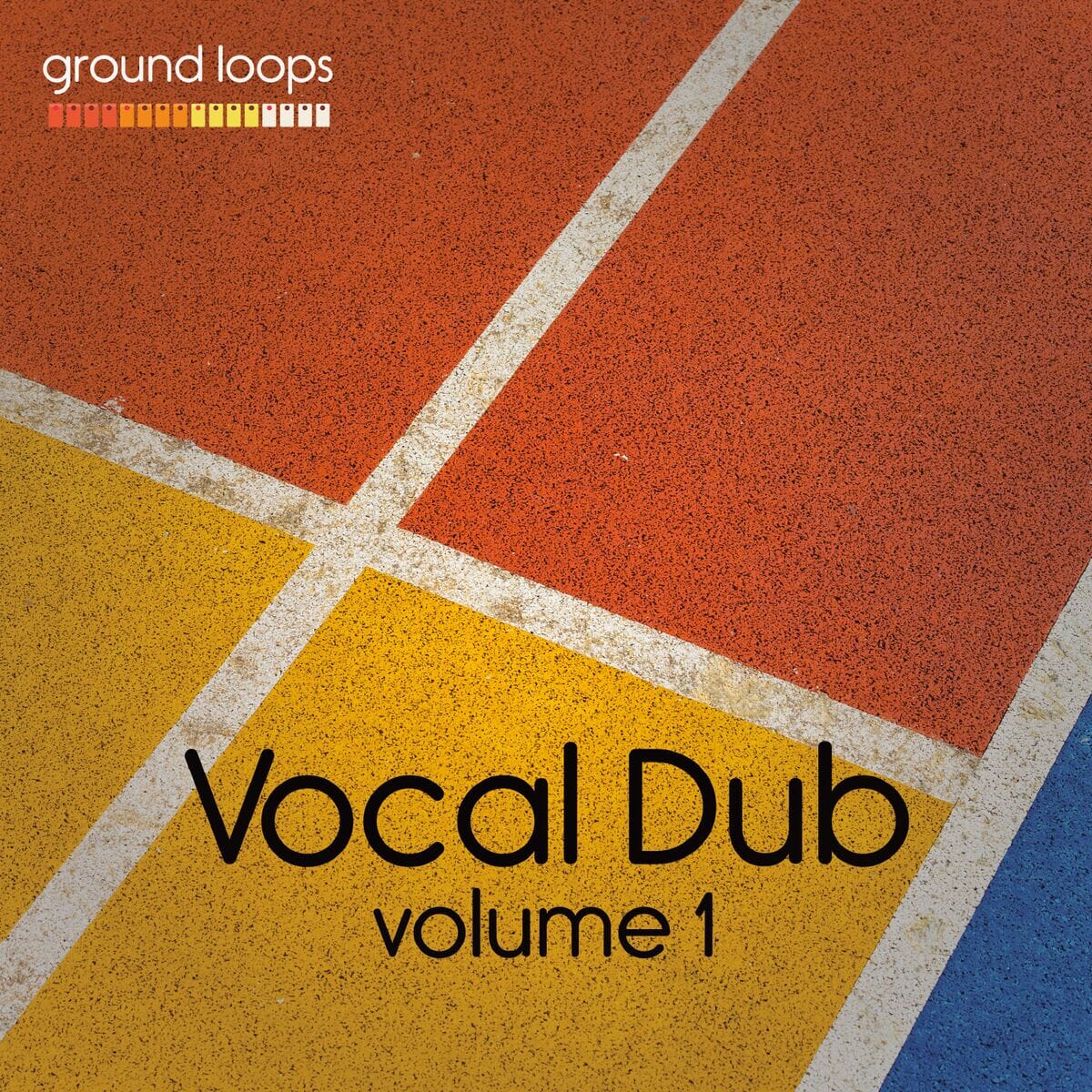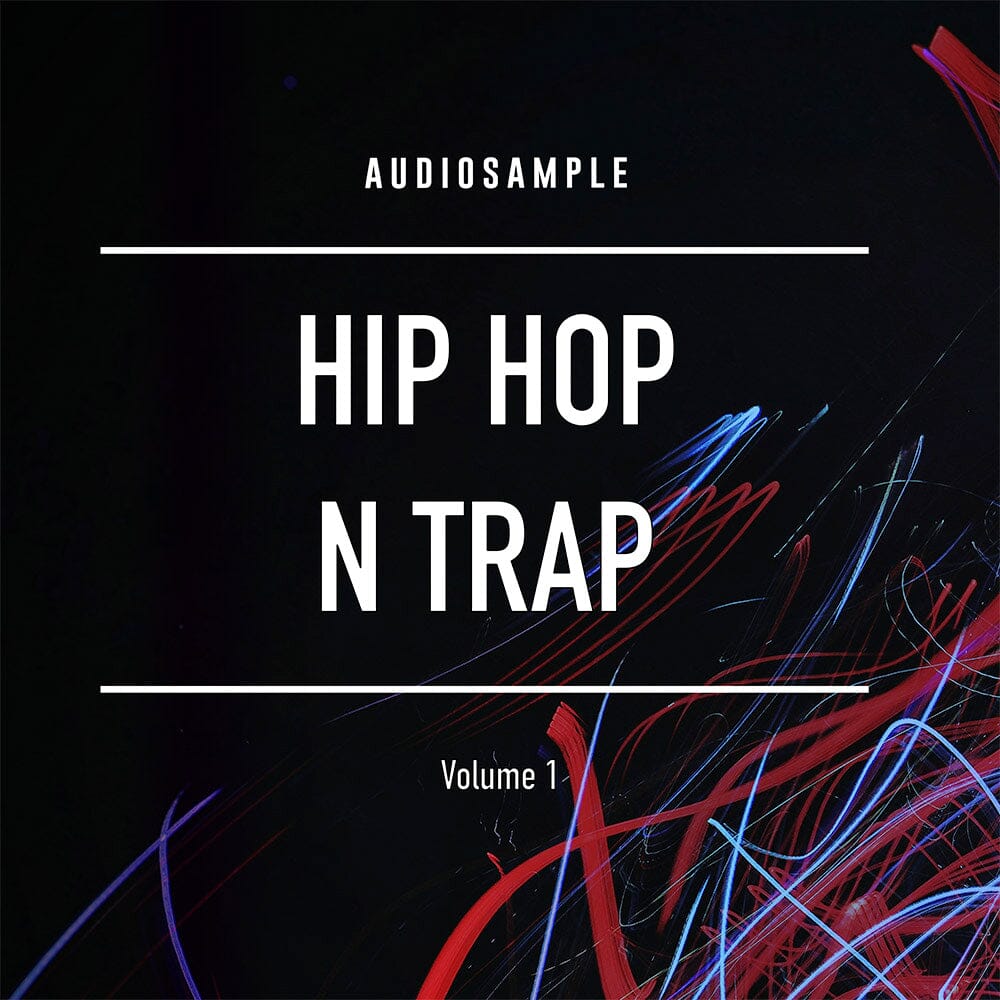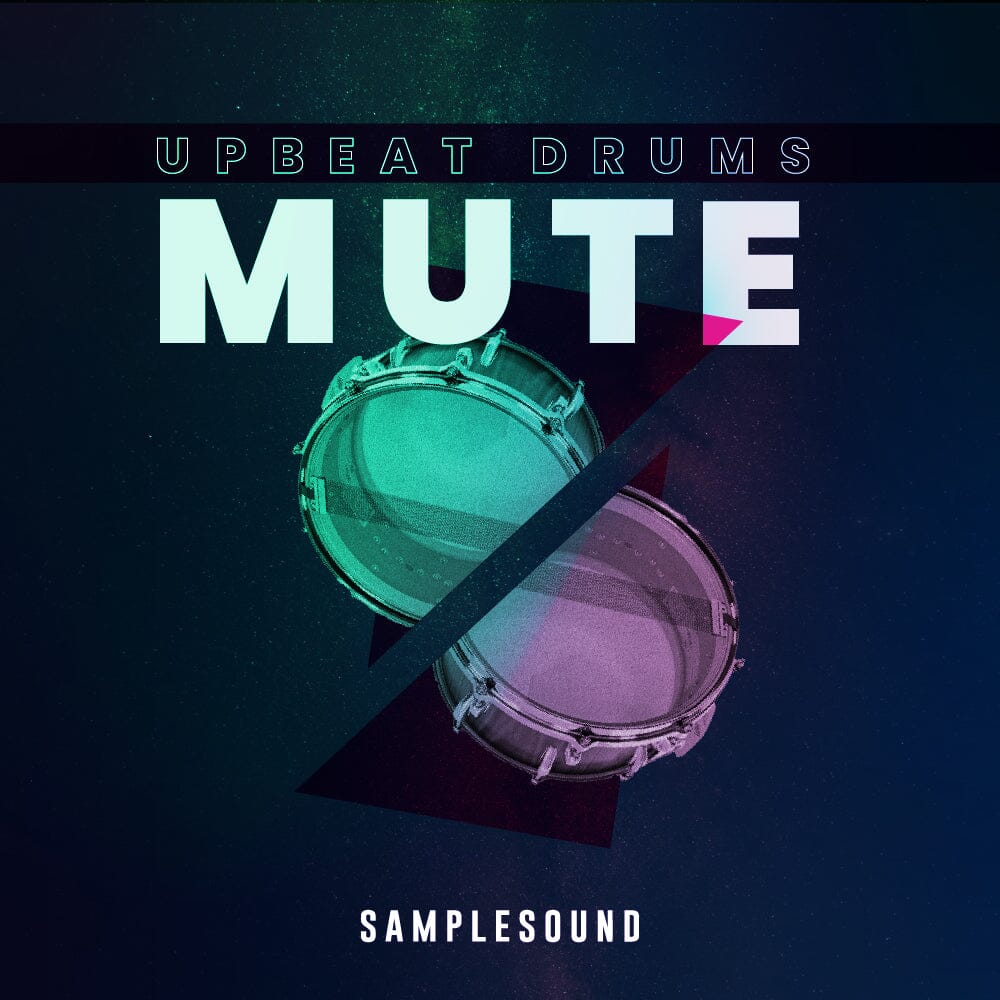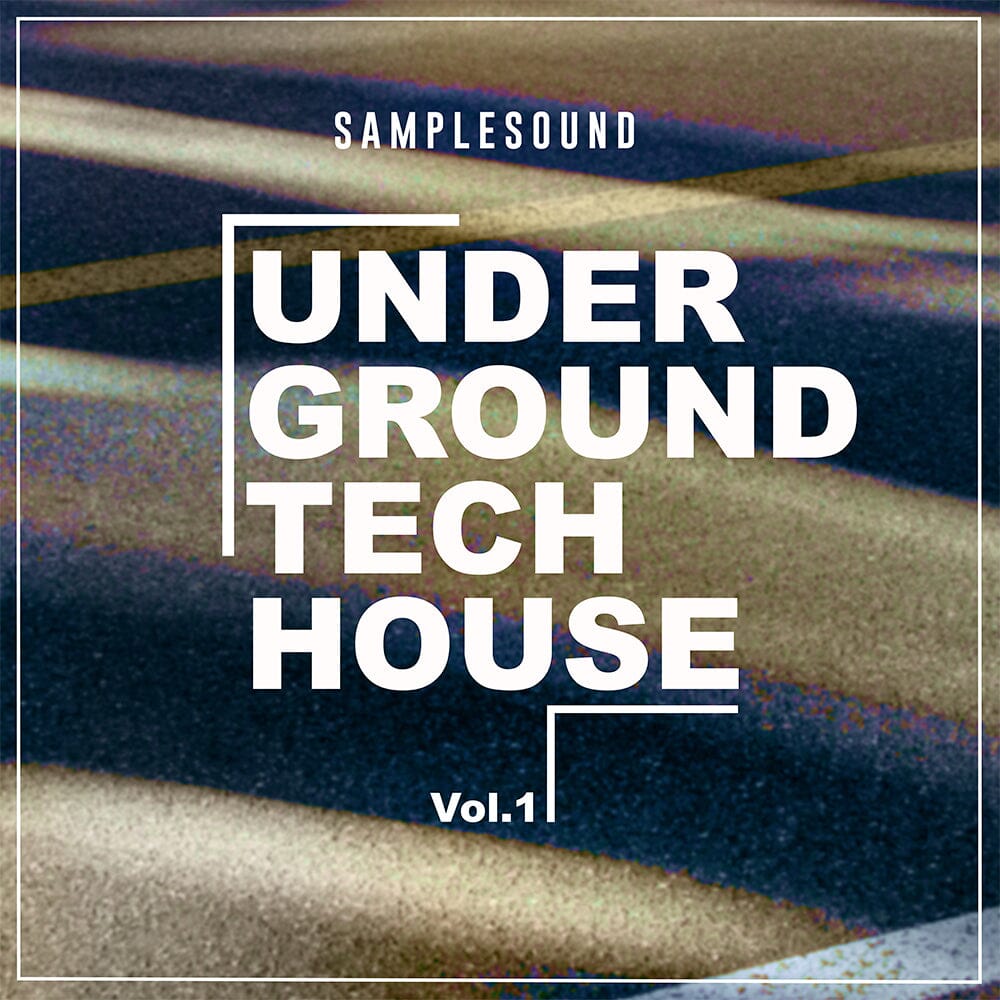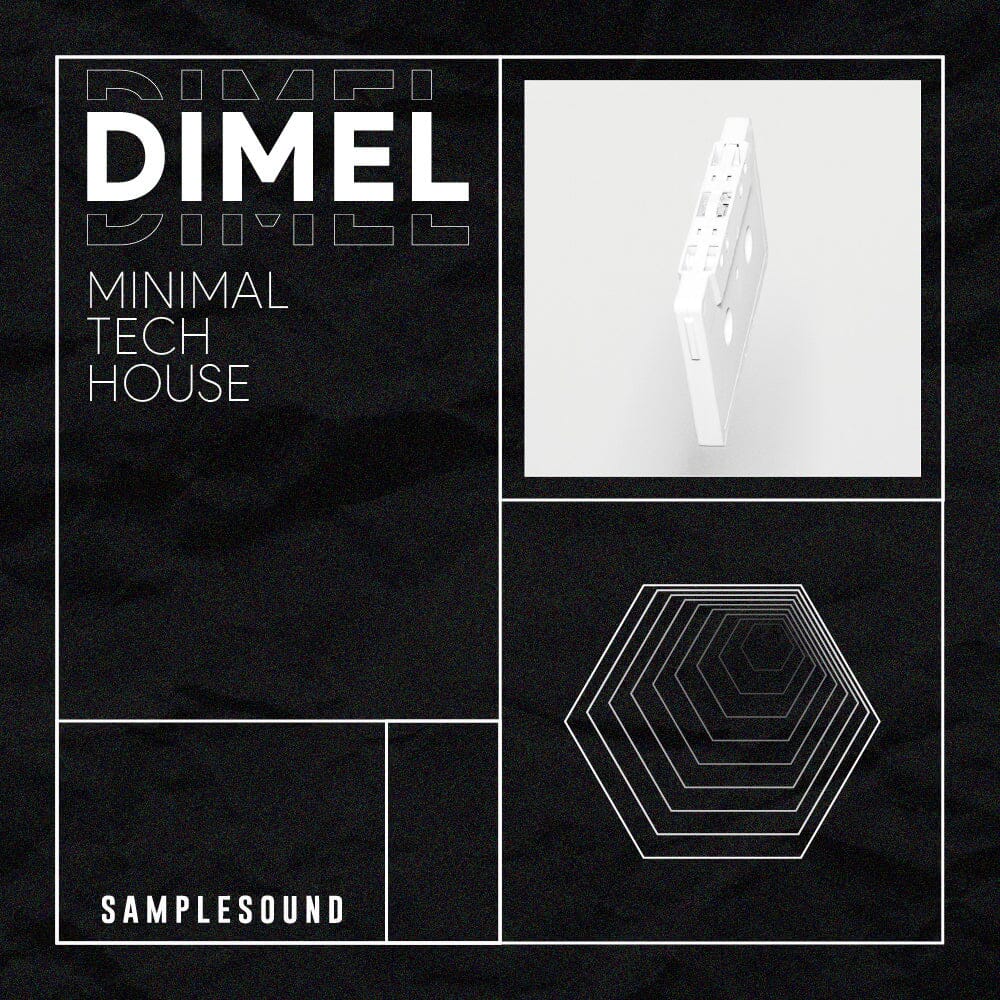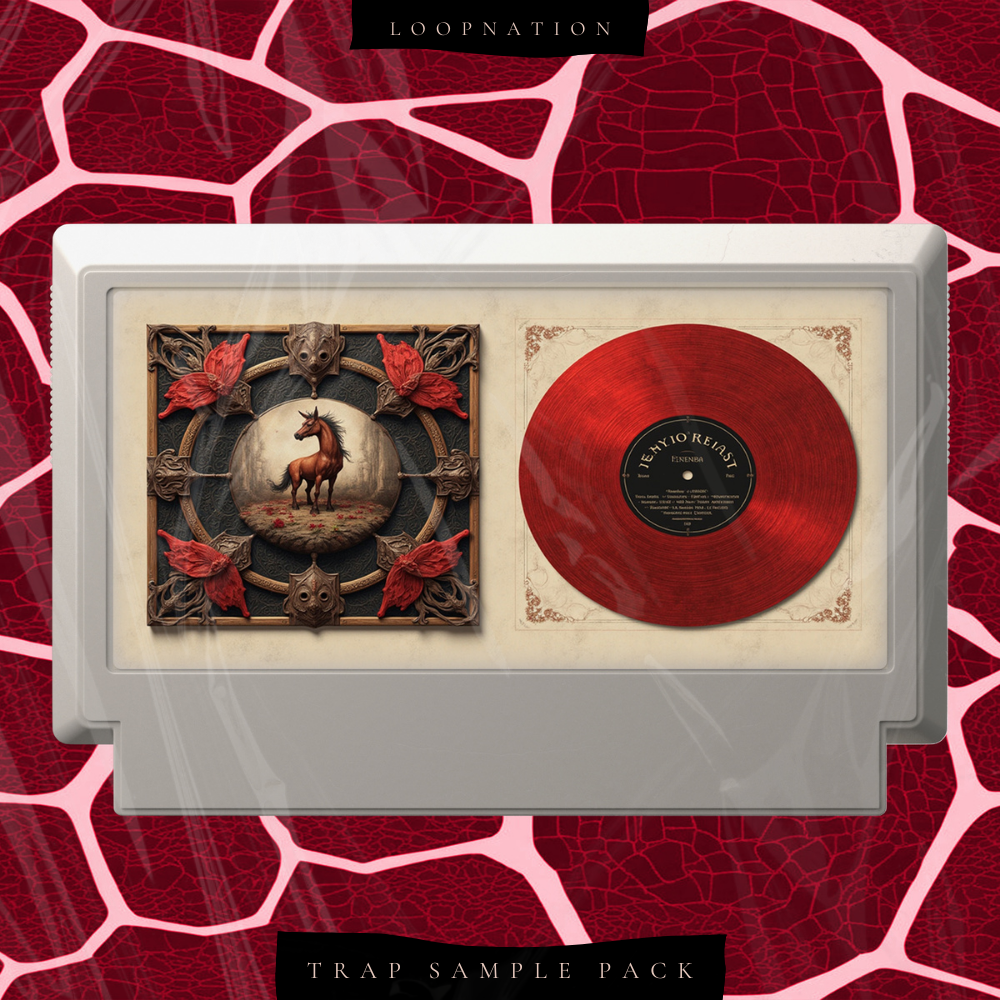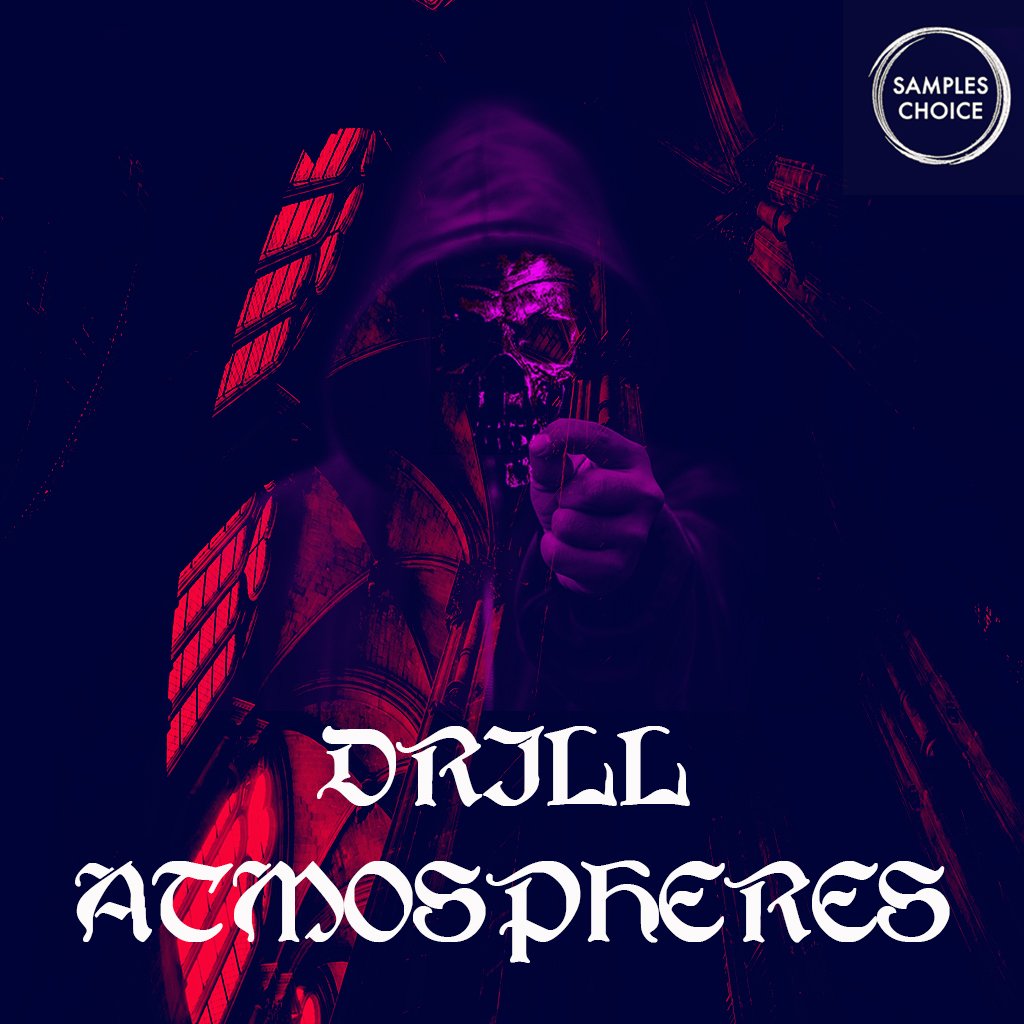Understanding the grid and subdivisions with Ben P. Murphy
Hi this is ableton certified trainer ben murphy with a quick tutorial for sample sound today we're going to talk all about the grid in your music making software and understand a little bit more about how these musical ideas are arranged and use that grid so whilst we can think about the length of time of our song in minutes and seconds.
Once we start to break apart the parts that make up the song we tend to start breaking things down into bars first off so bars are just a different way to look at the length of time and the duration of parts inside of our music projects.
For example in this simple project i have a drum beat and it's currently running for eight bars, you can see that it ends at the end of the eighth bar right whilst we could say that it runs for like almost 15 seconds.
That's not really as useful as looking at the bars because the bars are a part of what organizes these musical ideas and sets up the grid upon which they are constructed so if we look a little bit more closely at this musical part we can see that it actually runs for two bars and then loops again have a listen to this drum beat!
So what we have here we might call uh a two bar loop right it's got two unique bars that just repeats four times in total um so we have eight bars worth of drums on the timeline here but it's a two bar long loop before it makes three more repeats there another way we could refer to the length of this loop is a phrase right a phrase is a musical idea which typically loops or concludes after a number of bars so this is a two bar long phrase right if you want to start understanding a little bit more about this particular drum pattern and how it uses the grid we're going to have to start breaking things down a bit smaller having a look in my clip view down here you can see that that also has a ruler across the top which is outlining the bars and beats and beats is in fact the next level down that we're going to start taking a look at so each bar is constructed of four beats and you can see that marked on the ruler across the top here as that is the first beat which is displayed with a whole number just so it stands out clearly visually and then we get 1.2 that's the first bar and the second beat 1.3 first bar third beat 1.4 first bar fourth beat and then we begin the second bar right another easy way to hear the beats is if we turn on the metronome the metronome is going to count out the beats four to each bar i'll turn the drum beat up and down while it's playing so you can hear the metronome clearly outlining a count of four with a higher pitch noise on the first of every four
okay so it's important to note that i have four beats in the bar because i am using a time signature of 4 4. that's set in my project up here now time signatures are a bit of a bigger concept than we can get into in this video but if you're writing contemporary music in a western culture then you're probably writing 4-4 music as well especially if you're writing dance music styles so if we look at our drum pattern and we look at where those four beats to every bar are being marked we can see that first of all there are kick drums or bass drums on every one of those beats there's an extra one over here but there is no beat in either of these two bars that doesn't have a kick drum on it and that's pretty typical for dance music kind of styles it helps really clearly outline the pulse and outline the beats and it's good to dance to so that tells us where our kick drums are placed they're on every beat with one extra exception but we'll come back to that right but if i want to learn about some of the other sounds that are news here like say the hi-hats well they're living somewhere in between the beats and so we're gonna have to start breaking things down even further but this we're gonna use subdivisions subdivisions are one of the ways in which we can break apart the bar into smaller portions like a lot of things in music there are other terms for this depending upon what kind of music you're making or how you learned music but most often in software you will see subdivisions displayed something like a fraction in fact my grid is currently displaying 16 right that means 16 subdivisions to a bar and so there are currently 16 grid lines across the length of every bar now i can change my grid display and change the number of subdivisions per bar that we are looking at by right clicking in the empty space and let's go up to quarter notes okay so quarter notes will show us the beats so it's fair to say that we have four beats to a bar and we could also say we have four quarter notes to a bar and in my case there are kick drums on every quarter note right but the hi-hats are on a sort of smaller space than that right we're going to have to start breaking down to a smaller subdivision to figure out where they land so again i'll right click in the empty space and let's go to eighths so when i'm looking at eighth notes you can see that high hats are landing on every second eighth note right or halfway between every beat and this is pretty typical for a kind of house or techno music style pattern have a listen again and you'll hear the sort of bouncing interplay between kicks and hi-hats alright but what about some of these other notes we've got landing in other spaces in that second bar they're really cool they help kind of give the second bar a bit of extra sort of bounce and momentum well they're obviously in sort of a finer space as well we're going to have to break our grid down even further um so if we right-click in the empty space we can go back down to sixteenths and sure enough that's where that kick drum lies there and that's where that snare lies over there on the 16th note grid right so if we subdivide our bars all the way down into 16 we can start to access rhythmic places that allow us that kind of detail but of course we could go even further right what about 30 seconds now there's 32 subdivisions to every bar what could we do with 30 seconds well let's uh let's throw some 30 seconds in here and let's just kind of see how that sounds i guess we'll just fill out a few more and now we've got something that sounds like this so as we subdivide the bar down into smaller and smaller subdivisions we can make even more intricate patterns um depending on what kind of style of music you're trying to make you may or may not need to go down to 30 seconds or you may not put kick drums on every quarter note these are all just different creative ideas of how you use that space but first and most importantly today we've learned a little bit more about how to think about the arrangement of these ideas and how they relate to our grid remember that we start with a grid that is made up of a number of bars and then on that grid we're putting in different sort of musical patterns these musical patterns are often loops and those are made up of multiple numbers of bars so it might be a one bar loop or a two bar loop we could also refer to this as a phrase right we have here a two bar long phrase or a two bar long loop and then as we look inside that particular pattern we can break down the bar into even smaller subdivisions we've got four beats to every bar also known as our quarter notes but we can break down into eighth notes sixteenth notes and 32nd notes and each one of those just creates even more subdivisions of the bar to give us a finer and finer grid to arrange our musical ideas


